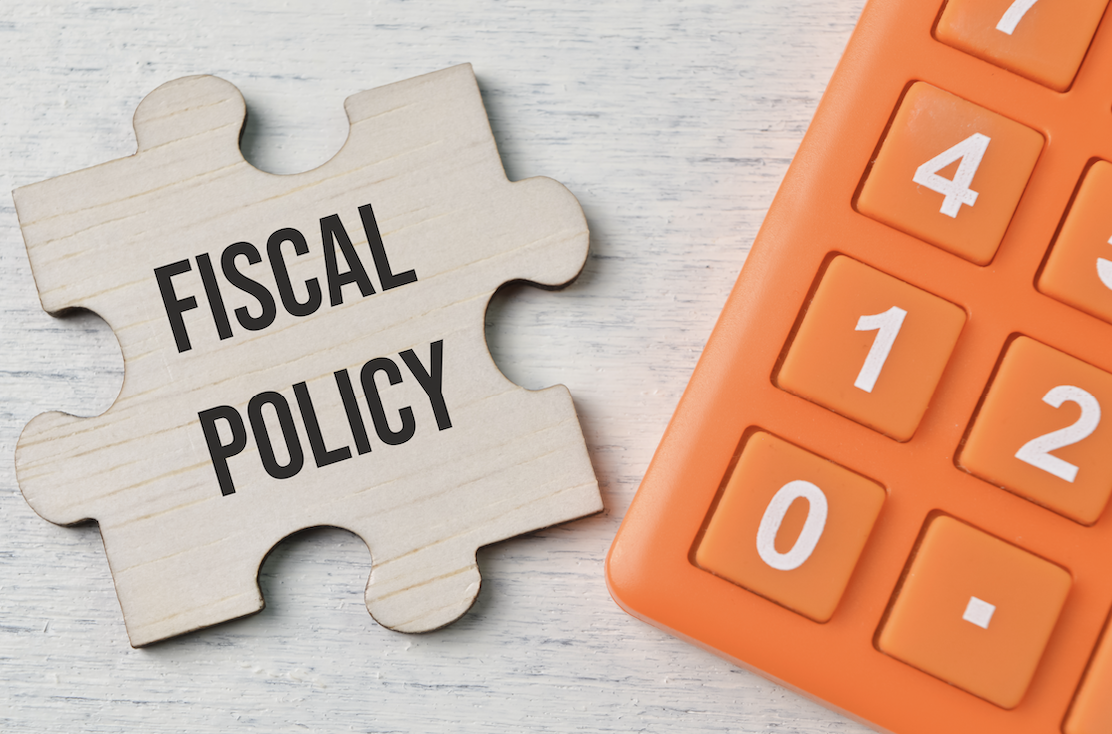The difference between good debt and bad debt and why it matters.
As financiers we all know that a healthy business is one which has or has access to sufficient funding to meet its expenses, support its ongoing growth and steer it to producing a profitable return. The challenges experienced in recent years have been tough and have shown business owners just how vital maintaining cashflows are to securing the future of their firms. As the saying goes “Cash is King". We look at why having good debt can be a good thing when funding a growth strategy.
Surprisingly, around 31 per cent of UK SMEs are labelled as "permanent non-borrowers" – businesses that have never applied for or intend to apply for any form of commercial credit. This reluctance to borrow is often rooted in a knowledge gap about the value finance can deliver, leading to some business owners being averse to debt. With only 4 million UK SMEs using external financing it leaves a considerable portion perhaps not using external finance to reach their income potential.
Appetite for new finance remains subdued as many firms continue to pay off Covid loans. There are many finance directors who believe it is their responsibility to encourage the gearing of their businesses, maximising its assets to fund growth. But many businesses not surprisingly air on the cautious side especially when the landscape looks bumpy.
However, in my view businesses need to invest to grow and in doing so encourage job and wealth creation. To do so in most instances require firms to view external finance as a positive tool. There are two types of debt – good debt and bad debt and we need to demonstrate the difference between them because it matters a great deal if UK businesses are to support UK economic growth.
What is bad debt?
Bad debt is borrowing for a purpose that doesn't generate long-term financial value and often comes with higher interest rates making it harder to pay off. Ultimately it can lead to financial strain and impact the future health of your business. It is typically used for consumption of luxury items or non-essential purchases. For example, if you choose to buy depreciating assets or consumables using credit cards it can lead to high interest debt.
Good debt is used for investment purposes and helps build long-term financial security and normally comes with lower interest rates. The goal is to manage debt wisely, taking on good debt when necessary and avoiding bad debt whenever possible.
Encouraging business owners to take on external finance as a way of investing in their business can be an uphill challenge with some seeing borrowing as a debt – which it is, but borrowing money to support business growth can be a smart strategy for several reasons, especially when done responsibly and with a clear plan in mind. It can have many advantages:
- Maintaining Cash Flow - Growing a business often requires substantial up-front investment. Using external finance allows you to spread these costs over time rather than tying up all your available cash. This helps ensure that you still have liquidity to cover day-to-day operational expenses, such as payroll, rent, and supplies, even as you pursue growth.
- Accelerating Growth – investing in growth opportunities—such as expanding your product line, entering new markets, upgrading technology, or increasing inventory—that might otherwise take years to fund through retained earnings. Accessing external funds can help you capitalize on time-sensitive opportunities and gain a competitive edge.
- Balancing growth risk- Not all business opportunities can or should be funded purely from cash flow. Borrowing spreads the risk of growth across multiple sources of capital, ensuring your personal assets or business liquidity aren’t overly tied up in a single venture.
- Improving operational efficiency – External finance can help fund equipment upgrades, process improvements, or automation, which can improve your operational efficiency and lower long-term costs. The ability to scale up your operations without waiting for internal funds can boost productivity and profitability.
- Expanding market reach - Whether you need to invest in marketing, open new locations, or expand your online presence, external finance can help you reach new customers faster leading to increased sales and economies of scale.
- Taking advantage of discounts - With more capital at your disposal, you may be able to purchase larger volumes at better rates or take advantage of early payment schemes helping to increase your profit margins.
- Retaining ownership and control - Unlike raising equity financing, where you may have to give up ownership stakes or control to investors, borrowing lets you maintain full control of your business. Accessing a funding facility requires regular repayments, but they don't dilute your ownership or influence over business decisions.
- Building business credit - Taking on external finance and responsibly managing repayments can help establish or improve your business credit score. This can make it easier to access larger amounts of financing in the future, on better terms, if needed for future growth or emergency needs.
Sourcing external finance to support business growth is a strategic tool when the borrowed funds are used wisely. It can enable faster growth, improve efficiency, and create new opportunities while maintaining your ownership stake and providing valuable liquidity. However, it’s important to assess your business’s ability to repay the facility, ensuring that the investment leads to a positive return and sustainable growth.



